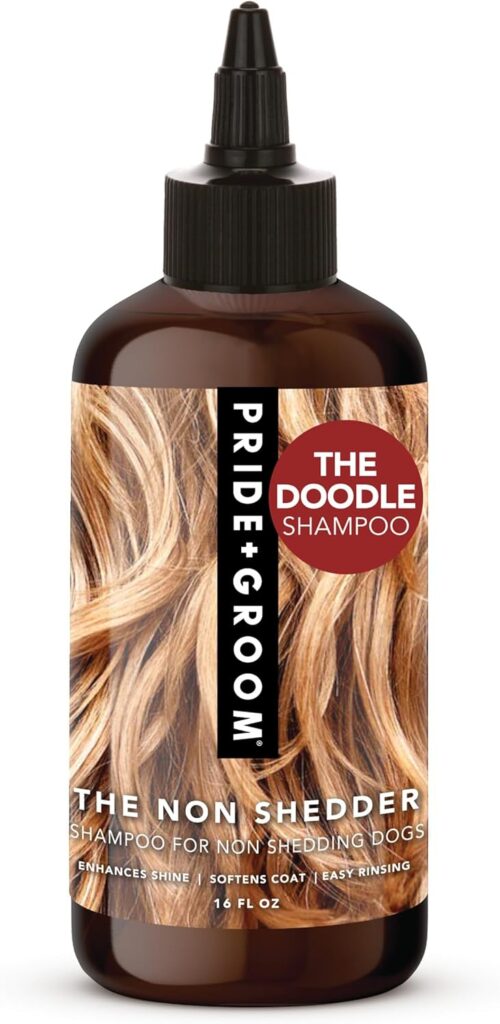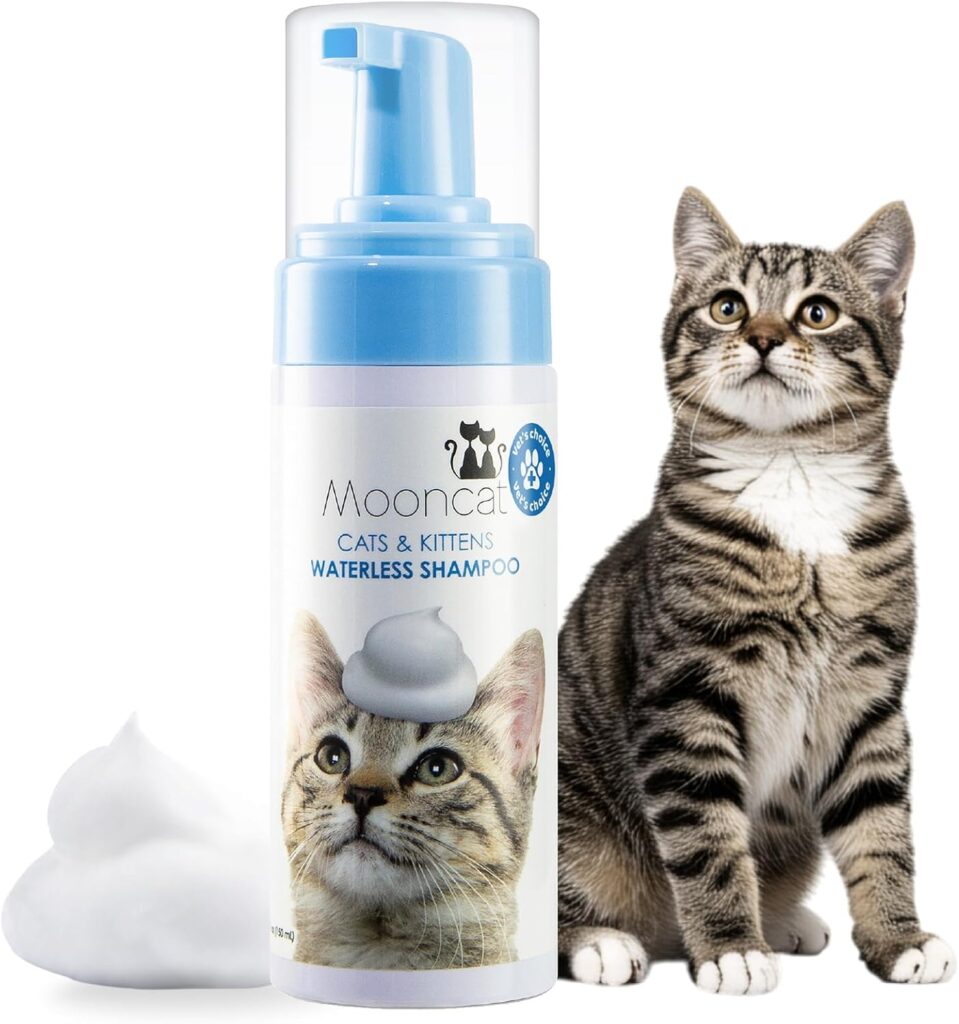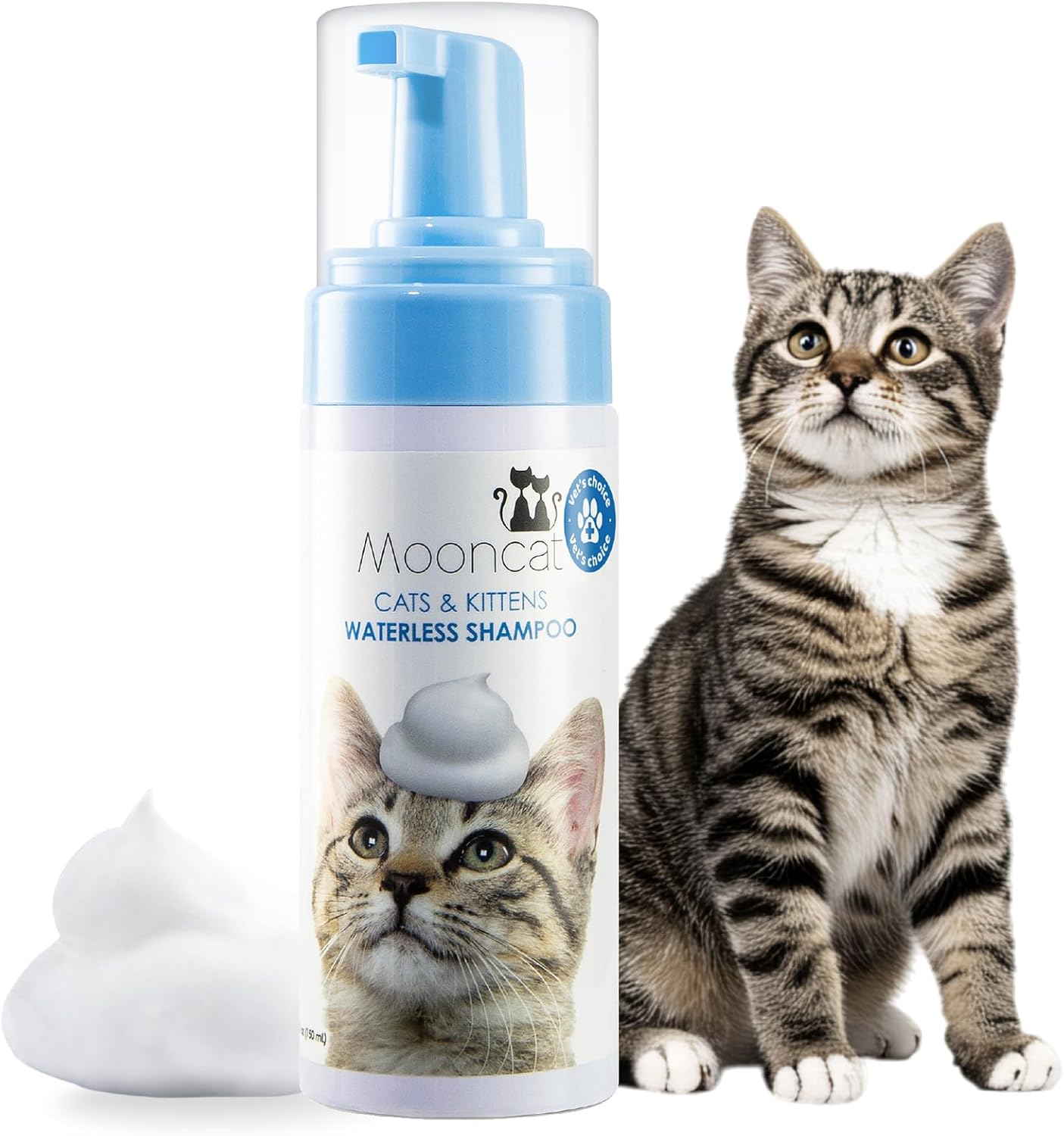Introduction
Overview of Cat Shampoo
Is cat shampoo safe for dogs? When it comes to grooming our furry companions, shampoo is a critical element. For cat owners like myself, choosing the right shampoo is just as important as finding the perfect food. Cat shampoo is specifically formulated to accommodate the unique needs of feline skin and coat. It usually contains:
- Mild Cleansers: Avoiding harsh chemicals that could irritate a cat’s sensitive skin.
- Moisturizers: Helping to keep their skin hydrated, given how cats groom themselves extensively.
- Natural Ingredients: Often tailored to cater to typical feline issues such as hairball prevention.
I’ve been in situations where I faced a particularly messy cat after a rainy day, and the right shampoo made all the difference!
Comparison of Cat Shampoo and Dog Shampoo
While both cats and dogs are beloved pets, their grooming needs differ significantly. This brings us to the million-dollar question: Is cat shampoo safe for dogs?
Here are a few comparisons that highlight these differences:
- pH Balance:
- Cat shampoos typically have a pH level around 6.0-6.5, which caters well to their skin.
- Dog shampoos, on the other hand, have a pH between 6.5-7.5. This means using cat shampoo on a dog could lead to skin irritation due to the acidity.
- Fragrance and Additives:
- Cat shampoos are often less fragrant or made with cat-safe scents, while dog shampoos might include stronger fragrances and preservatives.
- Skin Sensitivity:
- Cats tend to have more sensitive skin compared to dogs, making some dog shampoos unsuitable for cats and vice versa.
Understanding these distinctions is crucial, especially if you’re faced with a pet emergency, such as running out of dog shampoo. My experience reflects this, as once I had to use my cat’s shampoo on my dog when I found myself in a pinch. Although it worked out, the process made me realize how important it is to understand what’s in these products and their suitability for our different pets.

Is cat shampoo safe for dogs?Understanding Dog’s Skin and Coat
Dog’s Skin pH Level
As we dive deeper into understanding our dogs, it’s essential to address the uniqueness of their skin and coat. One crucial factor to consider is the pH level of a dog’s skin. Typically, a dog’s skin has a pH level ranging from 6.0 to 7.5. This balance is vital for maintaining skin health, as it helps to support the protective barrier against bacteria and allergens.
A few key points about a dog’s skin pH include:
- Natural Protection: The slightly acidic nature of a dog’s skin helps guard against infections.
- Sensitivity to Products: It’s imperative to avoid products that disrupt this balance. For instance, human shampoos, categorically designed for a different pH, can strip the skin of its natural oils, causing irritation.
- Grooming Best Practices: Regular grooming can help maintain this pH balance, ensuring your dog stays healthy and comfortable.
I remember the first time I used a dog shampoo that was overly alkaline. My pup, Bella, developed dry patches, and it took a few weeks for her skin to bounce back after switching to a pH-balanced formulation. That experience taught me just how critical understanding pH is for my dog’s wellbeing.
Differences in Skin Sensitivity
When it comes to skin sensitivity, dogs exhibit significant variations. Unlike cats, who generally have very delicate skin, some breeds of dogs have their own particular sensitivities. Here are some important factors to consider:
- Breed Variations:
- Breeds such as Bulldogs and Boxers are known for their skin sensitivities due to their unique folds and skin structure.
- Conversely, breeds like Labradors and Golden Retrievers may be more resilient but still require regular checks to prevent issues like hot spots.
- Environmental Factors:
- Dogs can react to environmental changes, such as seasonal allergies, which can put them at risk for sensitive skin.
- Factors such as humidity, temperature, and exposure to irritants like smoke or pollen contribute to their overall skin health.
It’s always good to keep an eye on your dog’s skin condition. Bella, for instance, suffered from allergies that led to red, itchy spots. We switched to hypoallergenic products, and it made a world of difference for her comfort. Understanding these nuances of canine skin helps us make better grooming choices and keep our furry friends happy and healthy!

Safety of Cat Shampoo for Dogs
Ingredients to Avoid in Cat Shampoo for Dogs
Now that we’ve delved into the distinct characteristics of a dog’s skin and coat, it’s crucial to examine the safety of using cat shampoo on dogs. Although it may seem like a quick fix when dog shampoo is out of reach, certain ingredients in cat shampoo can pose significant risks. Let me share a bit about those ingredients you should keep an eye on:
- Tea Tree Oil:While it’s a popular natural disinfectant, in dogs, tea tree oil can lead to toxicity, causing symptoms such as lethargy, tremors, and gastrointestinal issues.
- Almond Oil:Though beneficial for humans, almond oil can be toxic for pets, particularly for those with nut allergies. It might lead to vomiting or diarrhea if ingested.
- Synthetic Fragrances and Dyes:These can be harsh on sensitive dog skin, leading to allergic reactions or irritations. Opt for fragrance-free options if possible.
- Sulfates (SLS/SLES):Used for their foaming properties, sulfates can strip the natural oils from a dog’s skin, causing dryness and irritation, particularly in sensitive breeds.
Focusing on these ingredients is essential. Once, I accidentally used a cat shampoo with synthetic fragrances on Bella, thinking it would be harmless. She ended up scratching her skin incessantly, prompting a trip to the vet. It reinforced the need to scrutinize product labels closely.
Potential Risks and Side Effects
Using cat shampoo on dogs isn’t without its risks, and understanding these can save you from potential mishaps. Here are some of the unwanted side effects you might encounter:
- Skin Irritation:Dogs have different skin sensitivities, and cat shampoos are formulated for a different pH balance. This mismatch can lead to redness, itching, and discomfort.
- Allergic Reactions:Ingredients in cat shampoos may cause allergic reactions in dogs, leading to symptoms like swelling, rashes, or even breathing difficulties in severe cases.
- Digestive Issues:If a dog licks off the shampoo during grooming, harmful ingredients could lead to nausea or vomiting. Always ensure the product is rinsed off thoroughly.
- Infections:Prolonged use of inappropriate shampoos can lead to the disruption of natural oils, which may pave the way for bacterial or fungal infections.
Ultimately, while it might be tempting to use what’s readily available in a pinch, it’s vital to prioritize your dog’s safety. The right grooming products make all the difference in keeping your furry friend healthy and happy.

How to Safely Use Cat Shampoo on Dogs
Dilution Ratio for Dog’s Skin
If you find yourself in a situation where you need to use cat shampoo on your dog, knowing how to do it safely is essential. One of the crucial steps is determining the right dilution ratio. Cat shampoo is often concentrated, so using it straight from the bottle could irritate your dog’s skin.
Here’s a simple guideline I follow when I absolutely need to use cat shampoo:
- 1:4 Dilution Ratio: For a safe approach, mix one part of cat shampoo with four parts of water. This helps reduce the potency of the ingredients and minimizes potential irritation.
- Testing First: Before applying it all over, do a patch test. Apply a small amount to a limited area on your dog’s skin and wait for 24 hours to see if there are any adverse reactions.
When I was in a bind and had to use cat shampoo on Bella, I diluted it as mentioned above and was pleasantly surprised by the result. It helped clean her coat without causing irritation, and I learned that dilution is indeed the key to safety.
Frequency of Use
Equally important to consider is how often you should use cat shampoo on your dog. While it might seem convenient, frequent use could lead to more harm than good. Here are some pointers to keep in mind regarding frequency:
- Limit to As Needed: Generally, I recommend reserving cat shampoo for emergencies or when there’s no suitable dog shampoo available. Avoid regular use if possible to prevent skin problems.
- Observe Your Dog’s Reaction: After using cat shampoo, keep an eye on your dog for any signs of irritation or discomfort. If you notice excessive scratching, redness, or dryness, immediately stop using the product.
- Engage in Regular Grooming: Regular grooming and brushing can significantly reduce the need for baths. I try to brush Bella weekly, which helps keep her coat clean and reduces the buildup of dirt and dander.
In my experience, understanding how to use cat shampoo correctly can turn a potential grooming mishap into a manageable situation. By diluting the product and using it sparingly, I keep Bella happy and healthy, even during those unexpected moments when I need to improvise!

Alternatives to Cat Shampoo for Dogs
Dog-specific Shampoos
When it comes to maintaining your dog’s coat and skin health, the best approach is to use products specifically designed for them. Dog-specific shampoos are formulated to match the unique pH level and skin sensitivity of canines, making them a wise choice. Here are some key features that make these shampoos stand out:
- pH Balanced: Dog shampoos maintain the proper pH levels (typically between 6.5 and 7.5), ensuring that your pup’s skin barrier remains intact.
- Specialized Formulations: Many brands create shampoos catering to specific needs such as sensitivity, allergies, or even flea and tick prevention.
- Variety of Fragrances: With countless options available, you can find shampoos that smell delightful without being overwhelming, making bath time more enjoyable for both you and your dog.
A few months ago, I discovered a natural oatmeal dog shampoo that worked wonders for Bella, who had been dealing with dry skin. Not only did it hydrate her coat, but it also left her smelling lovely without any artificial fragrances. Trust me, investing in a quality dog-specific shampoo is well worth the effort!
Homemade or Natural Dog Shampoo Options
If you’re keen on taking a more DIY approach, creating homemade or natural dog shampoo is an excellent alternative. These options allow you to control the ingredients, ensuring they are safe and gentle for your furry friend. Here are a couple of simple recipes I’ve tried that worked fabulously:
- Oatmeal Shampoo:
- Ingredients: 1 cup of ground oatmeal, 1 cup of baking soda, 1 cup of warm water.
- Instructions: Mix all ingredients until you get a smooth paste, then apply it to your dog’s wet coat, massaging gently before rinsing thoroughly.
- Coconut Oil and Castile Soap:
- Ingredients: 1 cup of liquid Castile soap, 1 cup of water, 2 tablespoons of coconut oil.
- Instructions: Combine in a container and use like regular shampoo. This mixture is fantastic for keeping the coat shiny and healthy.
When I make these homemade shampoos for Bella, I can be sure that there are no chemicals or additives, just natural goodness. Plus, it’s also a fun little project that adds extra love to the grooming routine!
To sum it up, while cat shampoo might seem like an option, there are far better alternatives available for your dog. Opting for dog-specific shampoos or homemade recipes ensures your pet remains happy, healthy, and looking their best!

